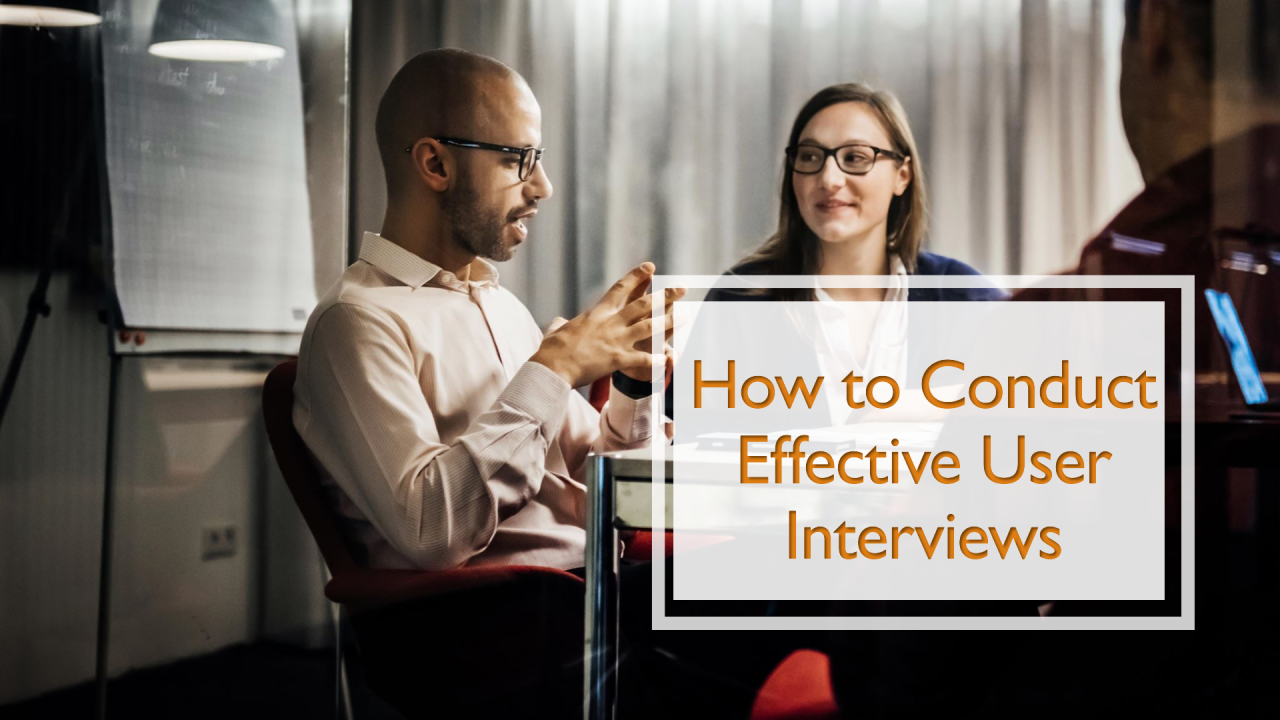
How to Conduct Effective User Interviews
Did you know that 85% of product failures can be attributed to lack of user understanding? Or that companies that conduct regular user research are 53% more likely to see increased customer satisfaction and product adoption?
For example, Instagram’s original product, Burbn, was a complex check-in app that failed to gain traction. Then the founders conducted user interviews and discovered that people were mainly using one feature – photo sharing. This insight led to the pivotal decision to focus solely on photo sharing, ultimately creating one of the world’s most successful social platforms.
Despite this, many product teams still rely on assumptions rather than direct user feedback when making critical product decisions. This is where user interviews become invaluable.
What are User Interviews?
A user interview is a popular UX research method often used in the?discovery phase.
They are structured conversations with users that help you uncover deep insights about user needs, behaviors, and pain points. Unlike surveys or analytics, interviews provide rich, qualitative data that can reveal the “why” behind user actions and preferences.
As a product manager, you should master conducting user interviews to be able to make informed product decisions and build solutions that truly resonate with your users.
Why Do We Conduct User Interviews?
User interviews serve as a fundamental research tool that provides several key benefits:
When Should You Conduct User Interviews?
1. Early discovery phase
Best for:?Understanding the problem space before building solutions
Example:?If you’re developing a fitness app, conduct interviews to understand:
Why is it important:?Early interviews ensure you’re not investing time and resources into solving the wrong problems, helping you align the product vision with user needs from the start.
2. During development
Best for:?Validating proposed solutions and gathering feedback on early concepts
Example:?While developing a new feature for a banking app:
Why is it important:?Gathering feedback before coding begins can save significant development time by ensuring that what you’re building is aligned with user expectations
3. Post-launch
Best for:?Understanding adoption issues and gathering feedback on existing features
领英推荐
Example:?After launching a new collaboration feature:
Why is it important:?Post-launch interviews help identify friction points that might be hindering adoption and provide valuable insights for iterative improvements or future releases.
User Interviews vs. Usability Tests
Understanding the distinction helps you choose the right method for your research goals:
User Interviews
User interviews are done to understand user behavior and motivations. They are ideal for exploring the ‘why’ behind user choices and behaviors, helping you understand the bigger picture and context in which users interact with your product.
Example scenario:?You’re interviewing a user about their social media habits, you’d want to ask questions like:
Usability Tests
Usability tests evaluate specific interface designs and functionality of your product. They focus on ‘how’ users interact with specific features. They’re essential when refining UI/UX but won’t provide the deep motivational insights that interviews offer.
Example scenario:?You’re testing a new feature in your social media app, you’d want to ask questions like:
How to Conduct a User Interview: A Step-by-Step Guide
Step 1: Preparation
1. Define research objectives:?Start with clear, focused objectives that align with your product goals. Align these objectives with the stakeholders to ensure that you address the most critical questions that could influence decision-making.
Example objectives:
Bad example:?“Learn about users’ money habits” – (Too vague and unfocused)
Good example:?“Understand how young professionals aged 25-35 track and categorize their monthly expenses, including the tools they use and challenges they face” – (Specific and actionable)
Pro Tip:?Share these objectives with your team before the interviews to ensure that everyone understands what success looks like. This alignment helps in interpreting results later.
2. Create interview guide:?A well-structured interview guide helps you stay focused while remaining flexible. Include a mix of open-ended questions and specific follow-ups that encourage users to share stories rather than short answers.
Read full article here - https://theproductspace.in/blogs/how-to-conduct-effective-user-interviews
Stealth Mode | Helping aspiring PMs to break into product roles from any background
4 个月Very informative and in-depth Thanks for sharing it